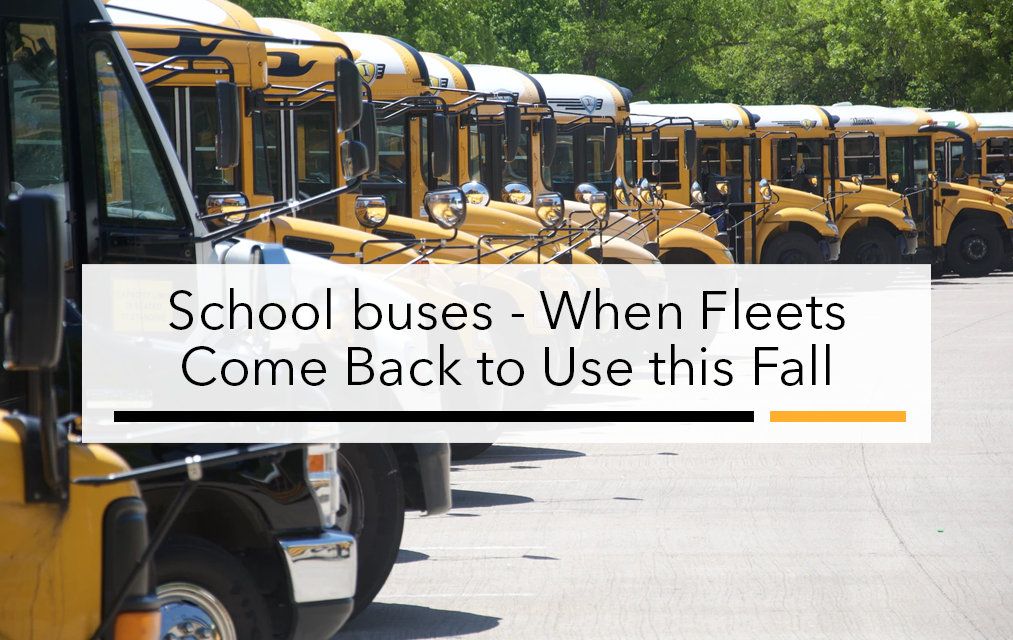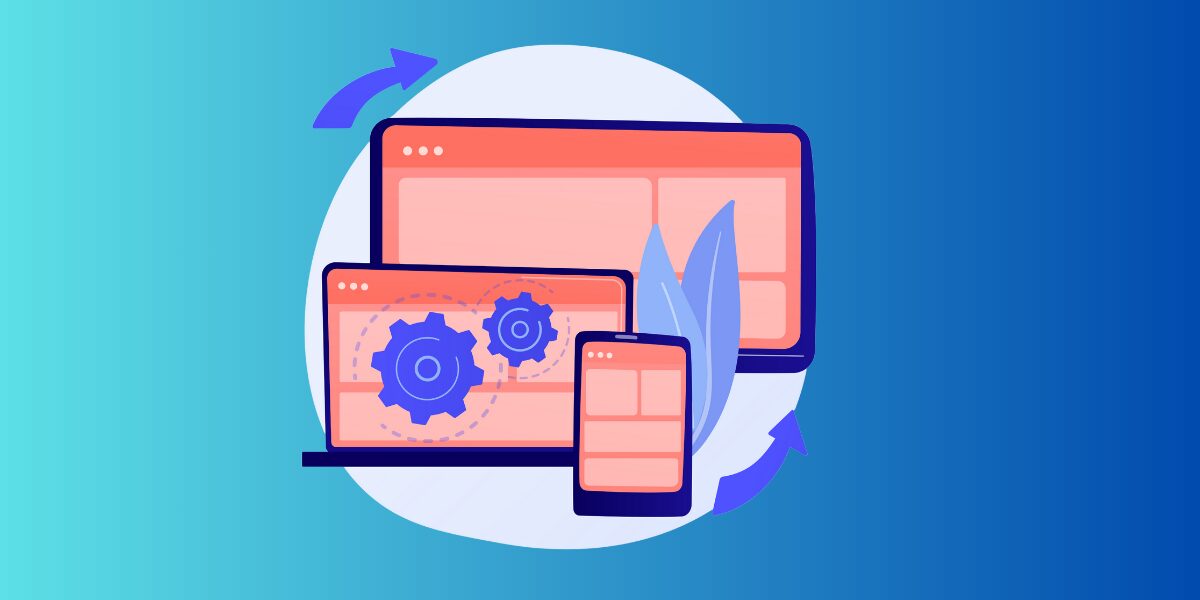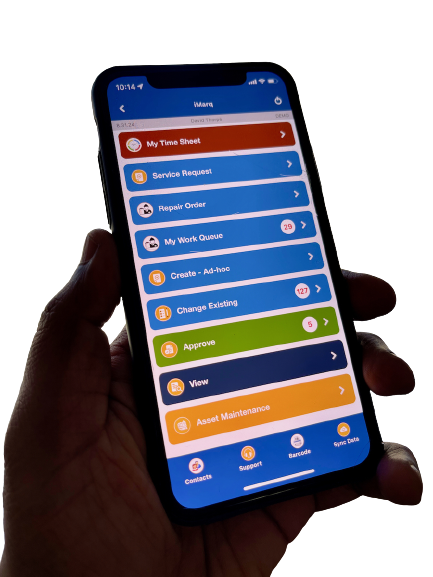Many schools are opening again for in-person classes after a nearly 18-month break and so naturally, there are some concerns about what things will look like come September. While teachers, administrators, and janitors all prepare for kids to return to buildings that have been empty for the better part of 2 years, there’s another crucial component of the education system that is scrambling to prepare for renewed operations: transportation.
School buses have also been sitting idly during this extended hiatus, but, unlike the rest of the educational infrastructure, these machines function optimally only when they receive regular maintenance. For those charged with managing these fleets, the new school year surely may seem to be approaching too quickly — compounded further with the consistent school bus driver shortage we’ve seen over the past few years. Here are some insights into the regular school bus maintenance issues that the pandemic has likely supersized.

Preparing School Buses for Return to Action
For any unused asset, return to form can take time. Mechanical and other engineered systems cannot simply be switched on and off like an electrical device; there are specific steps and protocols that users must follow. And, when the safety of children is on the line, there is even less margin for error. The balance between keeping an unused asset in good condition and reducing labor and parts replacement costs is a fine one. Navigating that delicate line requires expertise and technological assistance.
If you want to have a successful back-to-school transition for your school bus fleet, you’ll want to be aware of the following issues:
Problematic Brakes: For obvious reasons, school buses stop more often than other vehicles on the road. This puts extra strain on the brake system — from pads to uneven rotor wear to fluid leakage. Brake performance needs to be one of the very first components that your organization assesses before returning buses to their normal pick-up and drop-off routes.
Engine Issues: School buses are constantly traveling at low speed and, as mentioned, they make frequent stops. These are ideal conditions for an overheating engine, putting the cooling system under additional strain. In addition to being a safety hazard, overheating engines can also damage other bus components and need to be addressed before returning to regular use.
Batteries and Electrical Components: They are necessary for the school bus to operate and to keep children safe. Both are critical to peak school bus performance during the school year. Replacing dead batteries and performing electrical diagnostics are always necessary after the offseason, making them even more crucial after this prolonged hiatus.

Because the rest period has been even longer than usual, school bus operators and businesses need to assess their fleet thoroughly, extending beyond the purview of the three major issues. Ideally, the best armies are fit at all times — not just periods of war. Since that is likely not the case here, you need to implement innovative, easy-to-use systems that allow you to monitor fleets, find and schedule in-demand maintenance mechanics, and assess performance.
Optimizing Fleet Management with Connixt
At Connixt, we know that transportation fleets face increasing challenges in their service provision, and this extends to the domain of school buses. Continuous assessment of an asset’s return to use, onboarding of additional drivers, and efficient maintenance scheduling are all going to be necessary over the coming months. And, given the shortfall in maintenance manpower in the industry, it is incumbent on fleet managers to use technology to optimize their time. Unfortunately, many companies don’t have the budget to implement large-scale fleet management systems that require extensive tech investment.
With our smart, powerful, and simple mobile iMarq™ app, you can now monitor your fleets, receive real-time updates and analytics, and schedule maintenance appointments more effectively. This system also integrates perfectly with school bus tracking and ELD devices like those provided by and Geotab offering a comprehensive system to ensure optimal performance and safety. This year is bound to be a stressful one for the education system as a whole. With Connixt and our business partners, you can ensure that school bus performance is not contributing to that issue!





